-
Posts
397 -
Joined
-
Last visited
Content Type
Profiles
Forums
Gallery
Events
Posts posted by Veszett Roka
-
-
He was right to add zinc anodes, but their position is not correct now. Here is a picture where to install them:
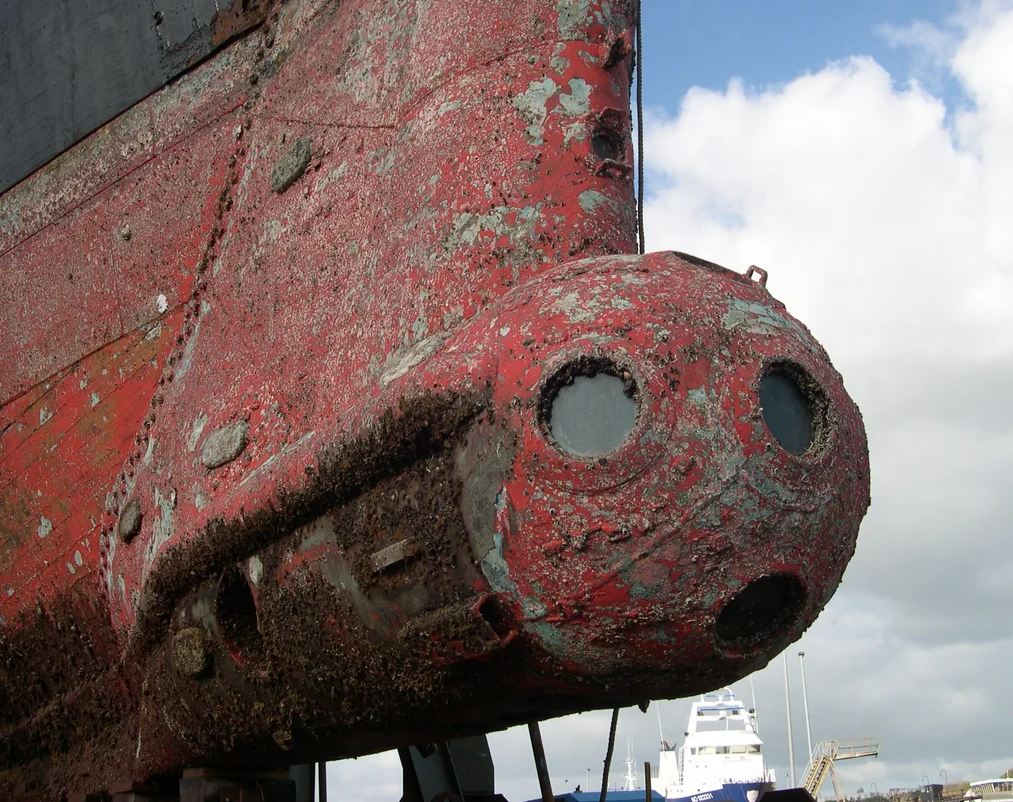
Happy new year!
- yvesvidal, mandolinut, sheepsail and 1 other
-
 4
4
-
19 hours ago, KeithAug said:
Hmmm! lee rail in the water, better reduce sail.
... or ask the guy who wearing black baseball cap to come up from lee. Reducing sails in a race? Thats nonsense!

-
20 hours ago, Lecrenb said:
Yes, I am thinking ahead as to how I might do them...
I don't know their size in scale, so all my comment is purely theoretical. I would use some kid's felt tip pen as a jig, especially their cup like this:

or this, these are smaller and their general form is better match the aerial:

The O-rings could be made by wire.
-
Wonderful work Phil, very well done!
- Old Collingwood, GrandpaPhil, Canute and 2 others
-
 4
4
-
 1
1
-
This is an interesting knot. Hard to imagine how they knot it, which end is starting and which one is the finish line. I guess you have to lift up the three round and put the end under them?
-
Why i missed this build so long? Now i have to read 45 pages back...
Following started just now. Excellent work!
-
On 9/4/2025 at 5:59 PM, FreekS said:
I’m still contemplating what kind of sounds I could use in my submarines!
I have a very-very bad idea:
-
14 hours ago, mandolinut said:
I guess we have to choose what era we want to represent.
Absolutely my friend! Although the wheelhouse and the long focsle limit the possibilities somehow. In the below picture she had golf-ball satellite antenna, and an ecapsulated auxilary radar, the upper one is still Decca. The picture taken in 1984 when Calypso moored in Davenport during the Missisippi research.
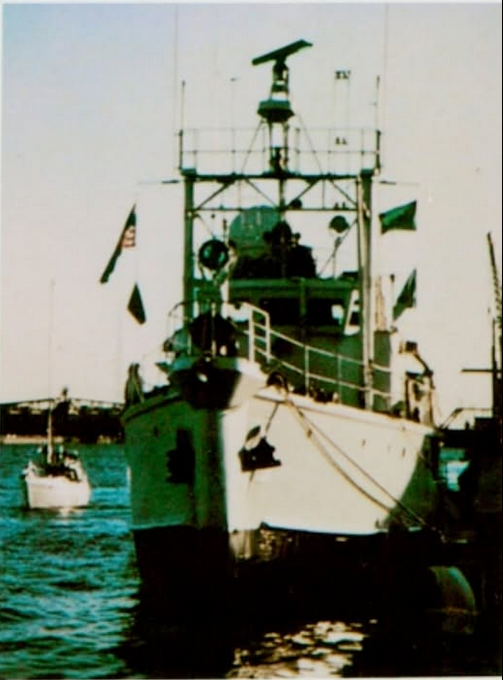
- robert952, Jimbo1963 and mandolinut
-
 3
3
-
7 hours ago, mandolinut said:
Thanks for the radar information, Nirvana. Good eye. I will check my photos and see if Calypso had the type of radar at one time that is included in the kit. If not, I will change it out.
She had it, in the early 50's, with the old, round window wheelhouse. Note the different (shorter) side under the foredeck:
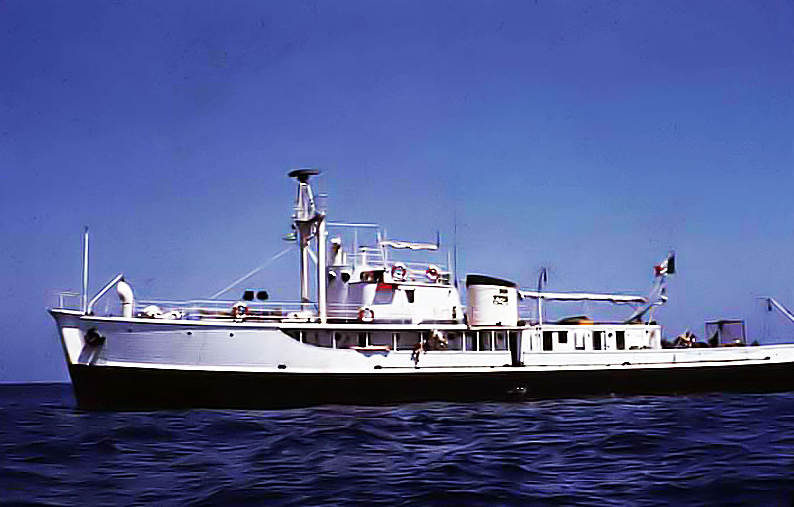
Then i found a picture with a new radar, but yet missing the big egg antenna and the helipad (still picture from 'Undersea World Of Jacques Cousteau' from 1968) but with the new bridge and shortened stack:
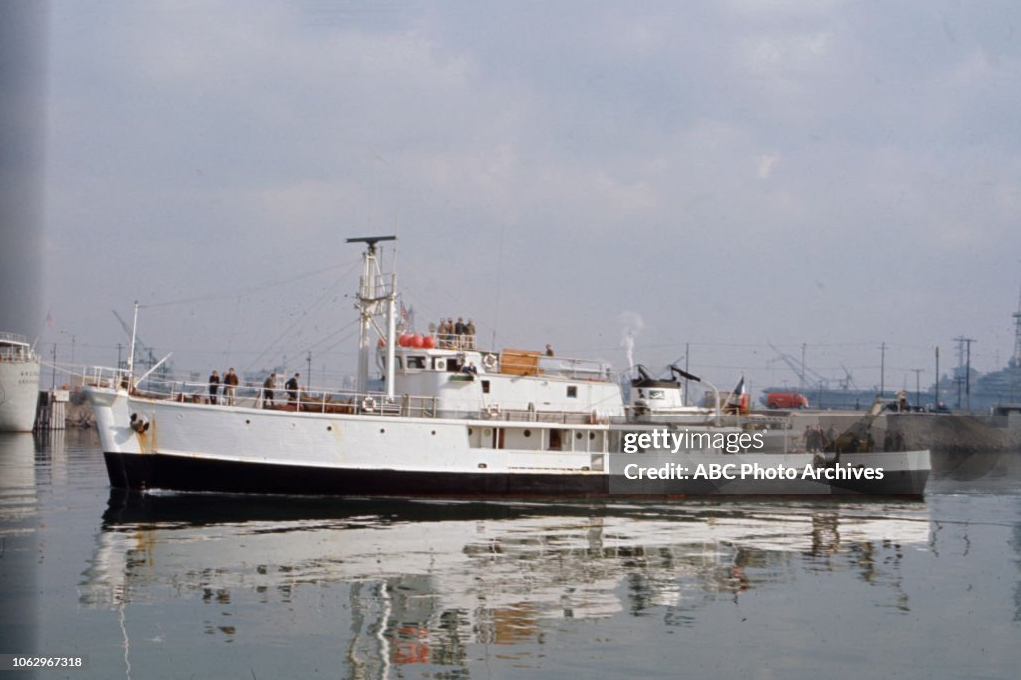 :
:
- robert952, yvesvidal, king derelict and 3 others
-
 6
6
-
I think the radars on the mast are not correct. The upper one is a very early 50's (probably K-band), and the lower is probably from 80's.
The model depicts Calypso in 80's era (see the satcom antenna cover, the big 'egg' behind the bridge), therefore i'd change the radars for more sleek nautical models like those on below pictures:
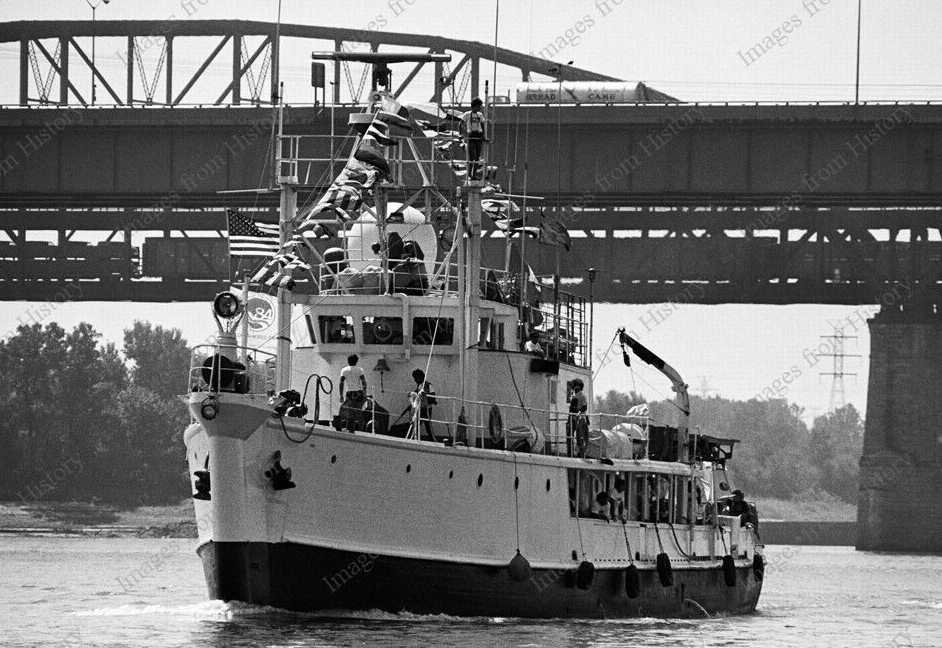
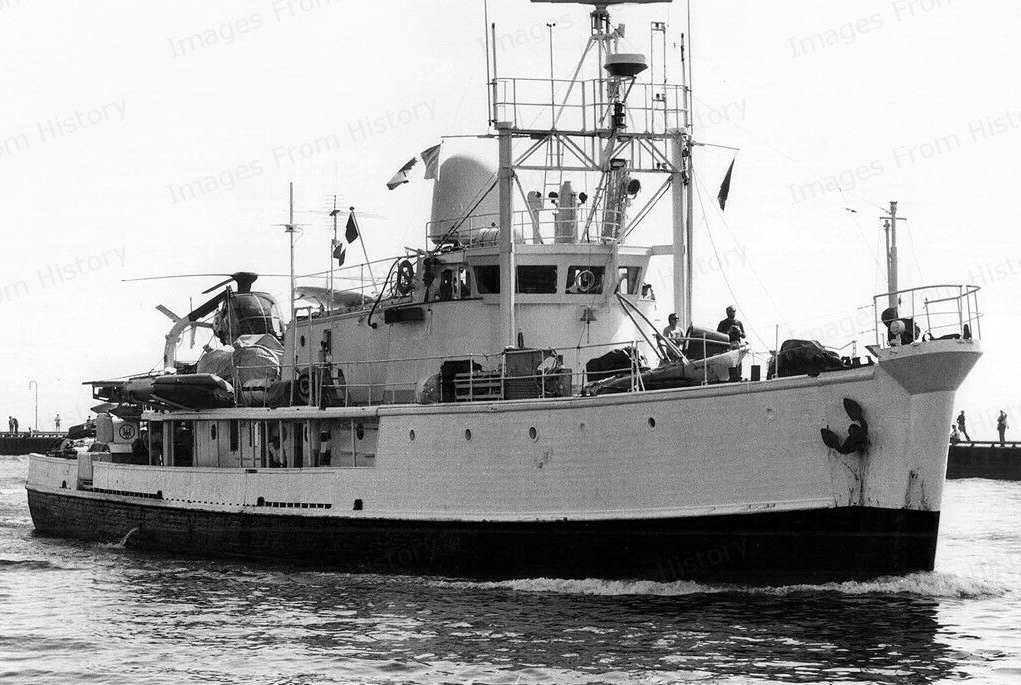
Also i'd model the iconic circular storm-visor on the middle window of the bridge:
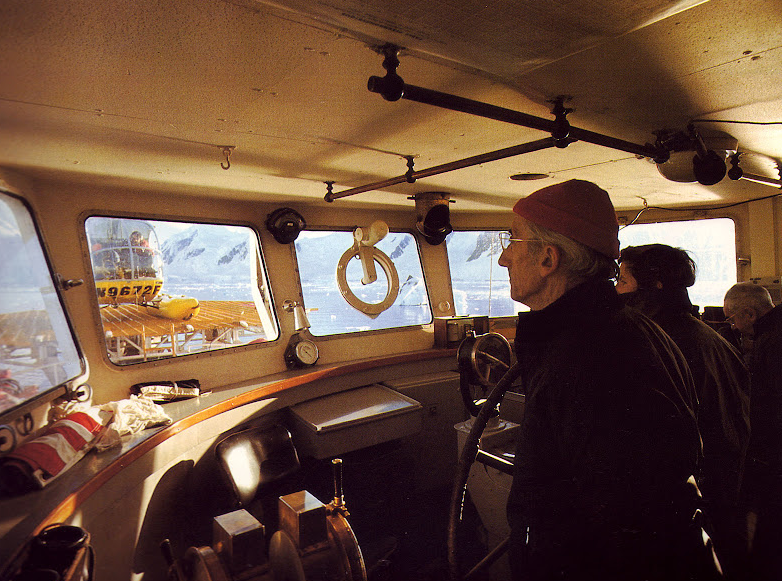
- Paul Le Wol, mandolinut, robert952 and 3 others
-
 6
6
-
22 hours ago, RVB said:
Mine was a light blue Vanguard!
Mine was a Vanguard too, white hull and grey deck with yellow stripes on back. She was a beauty, and like all women (and all raceboat), she wasn't a forgiving one.
-
20 hours ago, RVB said:
Hi Mark
I got interested in sailing when I attended the Univ of Maryland dental school in Baltimore. After graduating I used to race an Olympic 470 #984. As I aged in life I sailed and owned a Hunter and later a Catalina. I miss sailing.
By the way look at MeCray. His other prints are just as beautiful and impressive. Too bad he passed in 2017.
Sincerely, RVB ( RICK)
Comrade! From the height of the soling we called the 470-ers as slimy footed, because the algae on their wet feet
 I was on the wire in boat HUN-61 then moved to soling HUN-111, see my avatar pic. Just like you, i miss those days.
I was on the wire in boat HUN-61 then moved to soling HUN-111, see my avatar pic. Just like you, i miss those days.
- SaltyScot and Admiral Rick
-
 2
2
-
-
Nice to see you on duty again Bill
-
To be honest, i never seen such complex paper model yet. I built only one in my childhood (Jylland, a Danish tug from the 1920's) but that ship was far simply compared to your model. Excellent workmanship.
- Keith Black, Glen McGuire, Coyote_6 and 5 others
-
 7
7
-
 1
1
-
Hi Patrick,
what these thingies are at the yards' end?

- Old Collingwood, Archi and eatcrow2
-
 3
3
-
Happy to hear you again Nils, i hope your wife is healthy again!
- FriedClams, Paul Le Wol, gak1965 and 3 others
-
 5
5
-
 1
1
-
Beautiful model Bill, very well built! I saw many model in my career (i'm a member of a modeling club) but yours have a certain sign of careful and thorough work.
And i agree with you, this is an excellent website.
-
-
This is always reminds me a gossip in our modeling club. Some airplane modeler club came to friendly visit us, and shown a few of their model planes. All were first grade work, and we admire them. They told us that their usual scale is 1:72 or 1:48 because the detail. We laughed, and shown them our shipmodels in 1:350 scale. From that point the shipmodelers were considered as 'crazy gang'.
And Mike, you're working in 1:700.
-
For me, it's a decision point. If you intend to build she as current state, include the stabilisers and build the bridge with modern navigation instrumentation (i mean radar screens etc.) as shown on the pictures. If you'd like to omit the stabilisers, i think you should build the bridge as an older look too. Plus, in this case you have to omit the WD40-Duct tape combo from the machinery shop.
- FriedClams, Keith Black, KeithAug and 1 other
-
 4
4
-
On 2/15/2025 at 10:14 AM, KeithAug said:
Natural wood. Although above the waterline is a little more uncertain at the moment.
If my vote counts, i'd go for full unpainted wooden hull. That mahogany is far too beauty to cover - for me.
- Keith Black, KeithAug and Ian_Grant
-
 3
3
-
A bit more seriously: what are you planning below the waterline? Any antifouling, perhaps white or green like the original? Keep the hull unpainted? Also, some marking on the hull, like Plimsoll mark etc.?
- KeithAug, Ian_Grant and Keith Black
-
 3
3
-
Keith,
I feel a disturbance in the force. You covered the beautiful mahogany hull with 16 layer of warnish, which i found a happy move - i think the paint/warnish competition won by the wooden look. But, if the hull is depicted as wood, why are you need to depict the anodes as well? I know they are attached on the original Cangarda, but a bit odd on a wooden hull, aren't they?




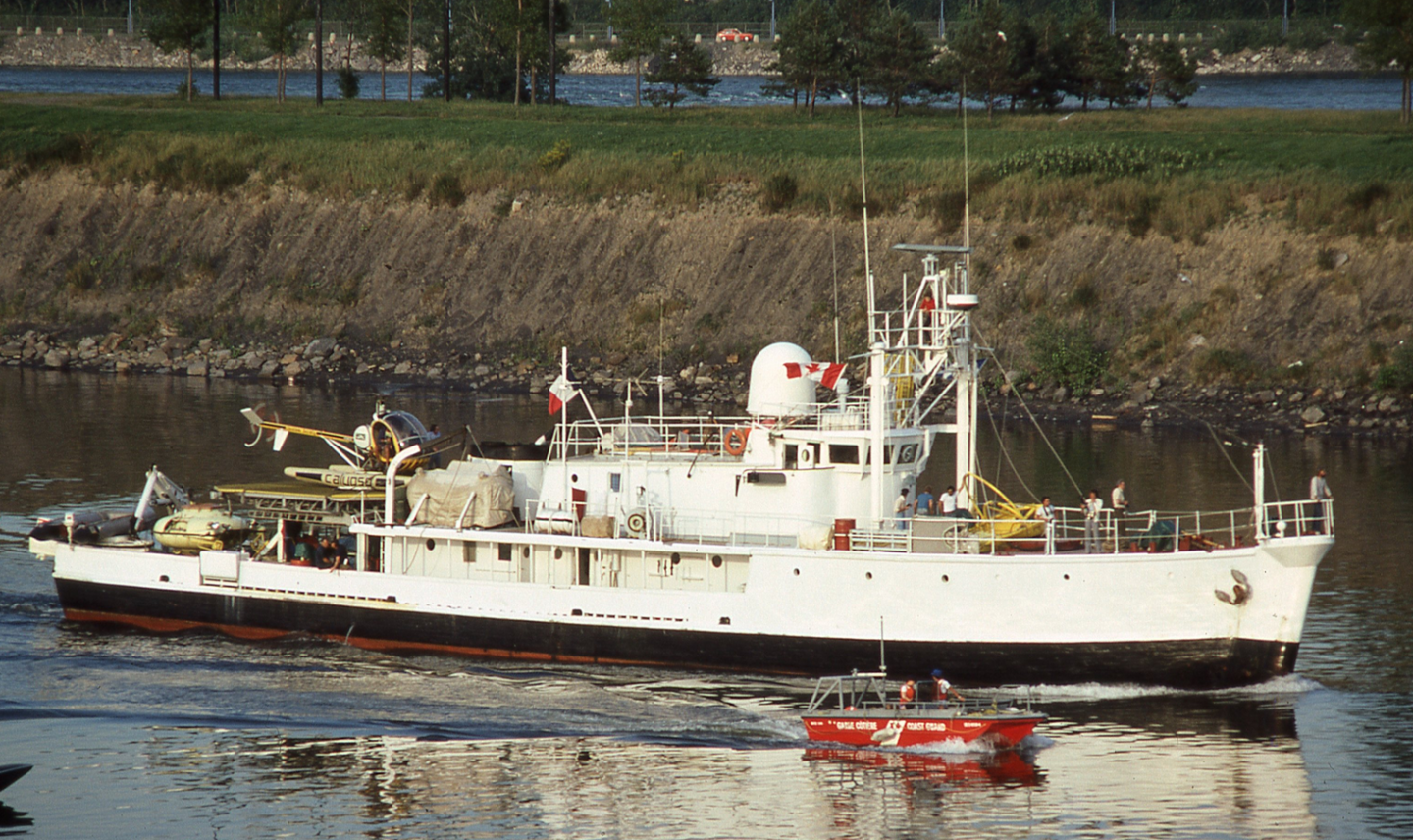

Ahoy!
in New member Introductions
Posted
Welcome on MSW Brant! Be careful, this hobby will evolve to addiction i admit.